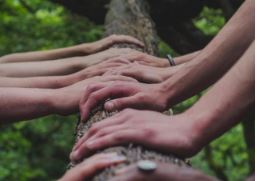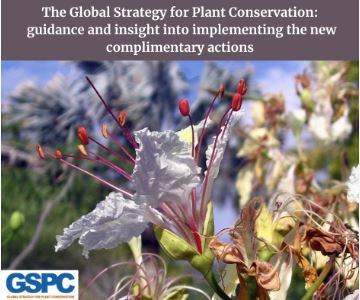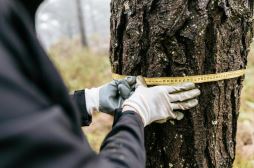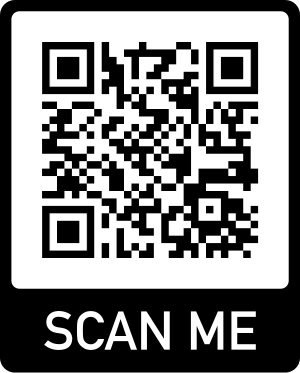Our engagement across IUCN SSC networks supports local, national, and global implementation of the Global Biodiversity Framework
Explore our recent events below
CBD CoP-16
For a full overview of offical side events, panel discussions, and workshops we engaged with during CoP16 – take a look at our CoP-16 event schedule. You can read our reflections on CoP-16 here.


Supporting implementation of the Global Biodiversity Framework
July 2024 Webinar series:
The GBF Task Force worked with Reverse the Red to develop this webinar series following the World Species Congress. Phil McGowan, Stuart Butchart, and Francesca Ridley presented: ‘Implementing actions to achieve Target 4 of the Global Biodiversity Framework’. Sean Hoban gave a talk on ‘Conserving genetic diversity through National Biodiversity Strategy and Action Plans’. Louise Mair presented: ‘An introduction to the STAR metric for business and policy’. Follow the links above to watch the webinars if you missed them!
World Species Congress
May 2024
During this 24 hour conference, Phil McGowan presented ‘A Strategy for Species in the Global Biodiversity Framework’ and discussed the species-related ambitions and goals in the Framework and the need to develop strategies for positive species outcomes. Ali Hutchinson also presented a Q&A panel with Ragnhild Sollund (University of Oslo), Dany Celermajer (University of Sydney), and Carlos Andrés Baquero-Díaz (New York University) to discuss ‘Justice-informed species conservation and the Global Biodiversity Framework’ and pathways for more justice-informed conservation approaches.
IUCN SSC Webinar: 1st Ed Global Biodiversity Framework
February 2024
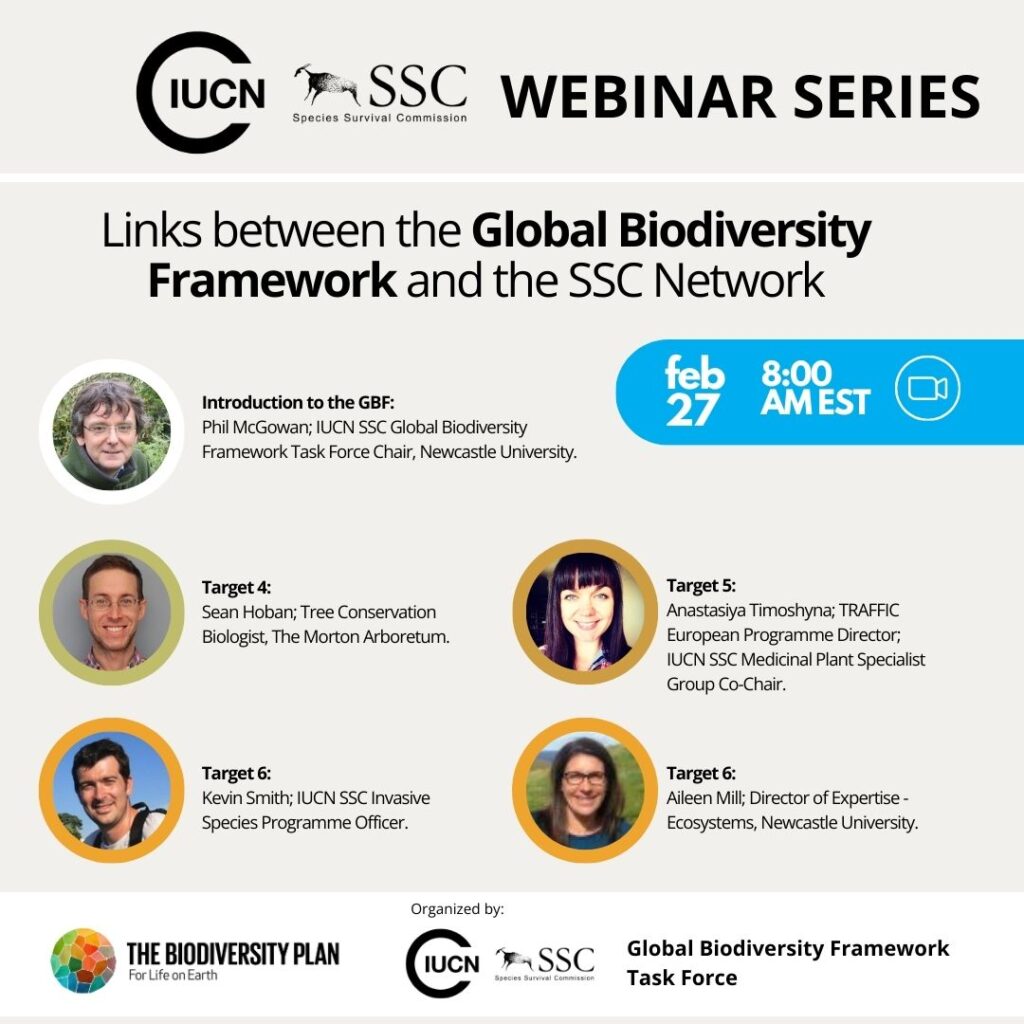
In February we were invited by the SSC Secretariat to present at their 1st edition Global Biodiversity Framework webinar series: ‘Links between the Global Biodiversity Framework and the SSC Network’. The webinar included an introduction from Phil McGowan on the GBF and the development of species-specific targets. Sean Hoban (GBF Task Force and the Conservation Genetics Specialist Group) then gave an overview of guidance and support tools available to track progress on the genetic component of Target 4. Anastasiya Timoshyna (IUCN SSC Medicinal Plant Specialist Group’ then introduced Target 5 and a 5-dimensional sustainability assessment framework to assist in regulating and measuring the sustainability of wildlife use. Finally, Aileen Mill (IUCN SSC Invasive Species Specialist Group) developed on Target 6 and previewed the Invasive Alien Species Toolkit (watch this space for upcoming release).







